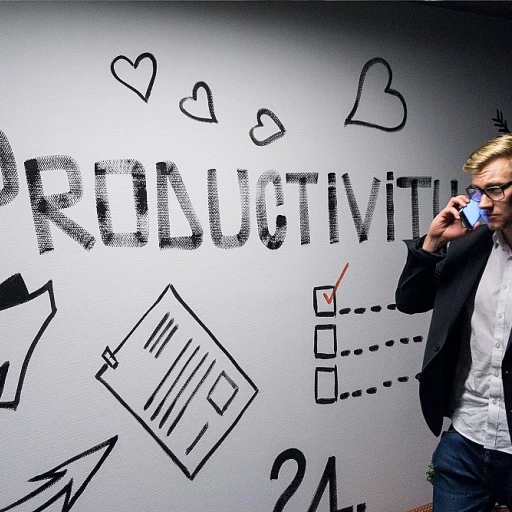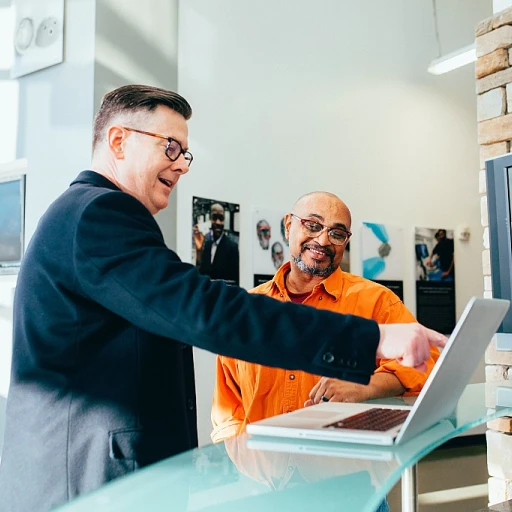
Understanding the Active Classroom Concept
Exploring the Dynamics of Active Learning Environments
Active learning has become a buzzword in educational circles, but what does it actually entail? At its core, active learning transcends traditional teaching methods by emphasizing student engagement and participation. Rather than being passive recipients of information, students become active participants in the classroom, contributing to discussions and activities. This educational paradigm shift involves utilizing a range of teaching resources and strategies. From collaborative learning to practical hands-on activities, the aim is to encourage students to engage actively with the content. For instance, incorporating active discussions and having students work in groups can significantly enhance the learning process. Moreover, integrating movement in the classroom through techniques like flexible seating and standing desks can further spur engagement. By aligning with state standards, educators can ensure that such environments not only increase student participation but also adhere to educational benchmarks. High schools, in particular, have seen promising results with classes that employ a more active approach. Schools embracing active learning initiatives often report increased student motivation and better comprehension of course material. To explore more effective teaching strategies and understand how they can unlock the secrets of highly effective individuals, you can visit this insightful resource. In summary, active classrooms offer a dynamic environment where teaching and learning become a symbiotic process. The shift from a teacher-centered approach to a student-engaged model not only aids in better comprehension but also enriches the overall educational experience. As we delve further into this topic, the role of professional mentoring and teaching strategies in fostering these environments becomes increasingly evident.The Mentor's Role in Creating Active Classrooms
The Role of a Mentor in Fostering Engagement
Professional mentoring plays a crucial role in cultivating active, participatory learning environments. Mentors act as guides, helping students navigate the complexities of the classroom while fostering a sense of curiosity and motivation. The ultimate goal is to transform traditional learning spaces into dynamic, interactive ones where the students are at the center of the learning process. By adopting diverse strategies, mentors can significantly enhance engagement in classroom settings.
Mentors can employ several approaches to create an engaging and effective learning atmosphere:
- Promoting Interactive Learning: Encouraging discussions and collaborative activities helps students connect with the material on a deeper level. Allowing them to express their opinions and participate in classroom discourse can improve comprehension and retention.
- Incorporating Technology: The use of videos, online teaching resources, and other digital content can make learning more appealing. Free teaching tools and resources enable students to explore topics in more depth and at their own pace, contributing to an active learning environment.
- Adapting Physical Spaces: The physical setup of a classroom can significantly impact student engagement. Utilizing flexible seating options, such as standing desks or movement classrooms, can improve concentration and provide physical activity, making the classroom active and lively.
- Aligning with State Standards: By integrating state education standards into activities, mentors can ensure the curriculum remains relevant and beneficial. This approach keeps students aligned with broader educational goals while still fostering an engaging learning atmosphere.
- Offering Practical Strategies: Providing students with practical strategies for classroom success, such as study techniques and time management skills, can empower them and boost their confidence in navigating the learning process independently.
Mentors are essential to maintaining engagement across high school and other educational levels by creating vibrant, interactive, and inclusive learning environments. This not only facilitates academic achievement but also helps develop well-rounded students capable of critical thinking and collaboration. Discover more about the influential role of mentors in education by exploring the art of becoming an influential leadership speaker.
Strategies for Mentors to Enhance Engagement
Strategies to Boost Engagement in Learning Spaces
Active learning environments necessitate innovative strategies from mentors to effectively engage students. Mentors can utilize practical strategies to enhance the classroom experience and make learning more dynamic.- Utilize Flexible Seating: Flexible seating such as standing desks and movement classroom setups can stimulate student participation and foster more active classrooms. It encourages students to take part in classroom activities and promotes physical activity, facilitating a shift from traditional static structures to more interactive learning processes.
- Incorporate Multimedia Resources: Diverse teaching resources such as video content and interactive pdf materials offer varied ways to enhance understanding. Engaging schools to integrate these tools into their learning curriculum can lead to higher levels of student involvement.
- Facilitate Interactive Discussions: Encouraging open discussions within classes enables students to share thoughts and challenge ideas. This active classroom approach not only helps students develop critical thinking but also deepens their understanding of diverse subject matter.
- Implement Practical Teaching Strategies: Teachers can design activities aligned with state standards that incorporate high school students' interests and learning styles. These strategies help students relate classroom content to real-world contexts, enriching the overall learning experience.
- Embrace Collaborative Learning: Encouraging group work and collaborative projects is vital in helping students build social skills and gain different perspectives. This method also helps mentors to observe and guide students' learning behavior more closely.
- Access Free Resources: Mentors should provide access to free resources to foster an inclusive learning experience, allowing all students to benefit from engaging course materials.
- Mentor Professional Development: Continuous professional development ensures mentors remain updated on the latest strategies for active learning. Engaging in programs that focus on enhancing engagement strategies can elevate their mentoring capabilities. For instance, building skills through premier skill-building programs can offer new avenues for educators to explore.
Overcoming Challenges in Active Learning
Conquering the Obstacles of Active Learning in Classrooms
Active learning environments, although beneficial, come with their own set of challenges. Professionals mentoring teachers must be equipped to help navigate these hurdles effectively. Let's delve into some common obstacles and explore solutions. First, one of the primary challenges is managing classroom dynamics. Active classrooms often involve movement and interactive activities, which can sometimes lead to a loss of control. Mentors should emphasize practical strategies such as establishing clear expectations and maintaining a structured yet flexible approach. Using teaching resources or examples from other schools that have successfully implemented active learning can be valuable.Another challenge is aligning activities with state standards. While active learning encourages creativity, it must still meet educational requirements. Mentors can guide teachers in crafting learning activities that adhere to these standards while keeping students engaged. Advising on the integration of physical activity into lesson plans can meet both educational and health-related goals. Access to free resources can be a constraint for many educators. Mentors play a crucial role in directing teachers to access free content and teaching aids. Websites offering complimentary PDFs and videos can provide a treasure trove of material to enhance the learning process, making activities more enjoyable and effective.
Overcoming resistance from students or fellow teachers is also a common hurdle. Professional development sessions can showcase the benefits of active learning, persuading skeptics of its value. Encouraging testimonials and success stories from other classrooms active in this style helps to build enthusiasm and acceptance. Flexible seating and standing desks are excellent tools to address the issue of physical comfort and increased engagement. When students are comfortable, they are more inclined to participate actively, thus enhancing the classroom experience.
Finally, technology integration can initially seem daunting. However, mentors can introduce simple, user-friendly tools that can be gradually woven into the classroom activity. Discussing movement-based learning tools, or digital platforms for discussions, can transform a traditional class environment into a dynamic one.
By proactively identifying and addressing these challenges, mentors significantly contribute to the successful implementation of active learning in schools, fostering an environment where students thrive.
Measuring the Impact of Active Classrooms
Assessing the Effectiveness of Dynamic Learning Spaces
To evaluate the impact of active classrooms, it's crucial to consider various dimensions of learning and student engagement. When measuring success, start by observing how students interact with their environment. One clear indicator of success is the level of enthusiasm and participation in learning activities. Mentors can use the following methods to assess the effectiveness of active learning spaces:- Feedback and Surveys: Collect feedback directly from students and teachers through surveys or interviews. These insights can provide valuable perspectives on how changes in the classroom have influenced the learning process and student engagement.
- Performance Metrics: Analyze quantitative data such as test scores, classroom assessments, and student achievement records. This data can help determine if there has been an improvement in academic performance as a result of active learning strategies.
- Observation: Use classroom observations to assess student behavior and interactions during active learning sessions. Look for increased collaboration, critical thinking, and problem-solving activities that indicate a successful learning environment.
- Participation Rates: Evaluate participation in classroom discussions and activities. Higher participation rates can signify a boost in student engagement and interest.
- Long-term Tracking: Follow up with students' progress over an extended period to understand the long-term impact of active learning environments. This approach can help identify lasting benefits and areas for improvement.












